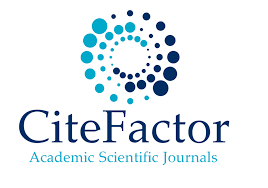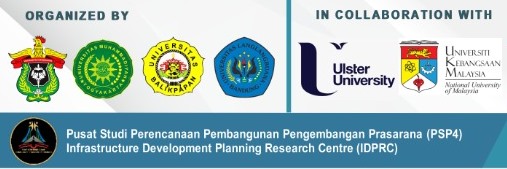Irrigation Channel Development and Rejuvenation to Support Sustainable Agricultural Cultivation Systems in Indonesia
DOI:
https://doi.org/10.36277/icasgi.v1i1.4Keywords:
Irrigation, productivity, sustainable agriculture, water resourcesAbstract
Sustainable agriculture is a vital indicator of progress toward the SDGs (SDGs) and acknowledged as the government's top priority for meeting national food needs. One of the parameters for sustainable agriculture is water availability for agricultural lands. The development and rejuvenation of irrigation networks is a program to support the achievement of sustainable food in Indonesia. This program includes irrigation networks rehabilitation (INR), development of water sources, and conservation actions in anticipation of climate change. The paper aims is to examine the effectiveness of irrigation network development and rejuvenation in supporting agricultural land productivity and water availability to ensure sustainable agriculture. Data collected from The Directorate of Agricultural Infrastructure and Facilities, the Ministry of Public Works and Public Housing, and the Central Statistics Agency provided data. Data analysis revealed that an increase in INR had a linear relationship with rice productivity. Java Island is still the focus of INR's activities, with a distribution percentage of 32.71%, followed by Sumatra (30.42%), Sulawesi (20.36%), Kalimantan (6.80%), Bali and Nusa Tenggara (8 .37%), and Maluku and Papua (1.44%). The level of fulfilment of irrigation for agricultural land in Indonesia is 83%. This show that the development and maintenance of irrigation networks are still needed. Piped/pumping irrigation water sources began in 2016 (1542 units), representing 28.25 per cent of the target in 2019 (5441 units). The construction of reservoirs and long-storage aims to ensure the availability of water. In 2016, they were massively built (1907 units), then dramatically decreased in the following year (490 units), and became relatively stable from 2018 to 2021. Water availability for agricultural land increases as water resource development and conservation measures improve, and it has a positive correlation with rice production. Implementation of irrigation network development and rejuvenation activities can support rice productivity. It also contributes to achieving sustainable agriculture indonesia.
Downloads
Published
How to Cite
Issue
Section
License
Copyright (c) 2022 ICASGI : INTERNATIONAL CONFERENCE ON APPLIED SMART AND GREEN INNOVATION

This work is licensed under a Creative Commons Attribution 4.0 International License.

















